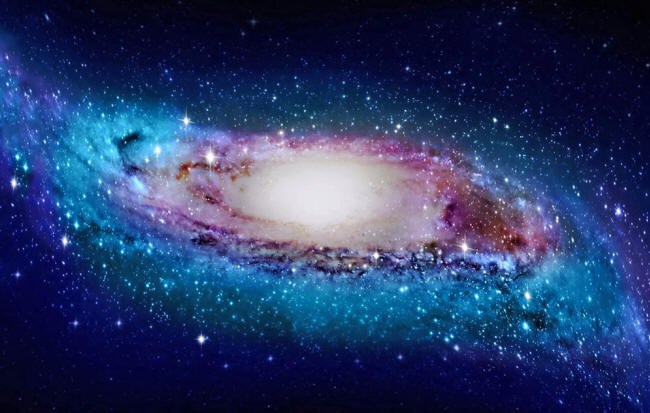|
by Stephanie Pappas
with an
S-like warp in the outer reaches of the disk.
Instead of lying in a flat plane, the galaxy takes on a bit of a twisted "S" shape.
The outer reaches of the
galaxy are difficult to image, given that the Milky Way is 100,000
light-years, or 0.5 quintillion miles (1 quintillion kilometers),
across.
These stars are as much
as 100,000 times brighter than Earth's Sun and up to 20 times
larger. They burn bright and die young, running out of fuel within
several million years after formation.
Using these pulses in brightness, scientists can detect the distance of these stars within 3 percent to 5 percent accuracy, study lead author Xiaodian Chen, a researcher at the National Astronomical Observatories, said in the statement.
Looking at 1,339 Cepheid stars from that catalog, the scientists discovered that their positions reveal a warping at the outer edges of the galaxy.
The ends of the Milky Way
bend like an S in a "progressively twisted spiral pattern," study
co-author Richard de Grijs of Australia's Macquarie
University said in the statement.
According to Chao Liu, a study co-author and researcher at the National Astronomical Observatories, the warping seems to be caused by torque induced by the rotation of the inner disk of the galaxy.
|


